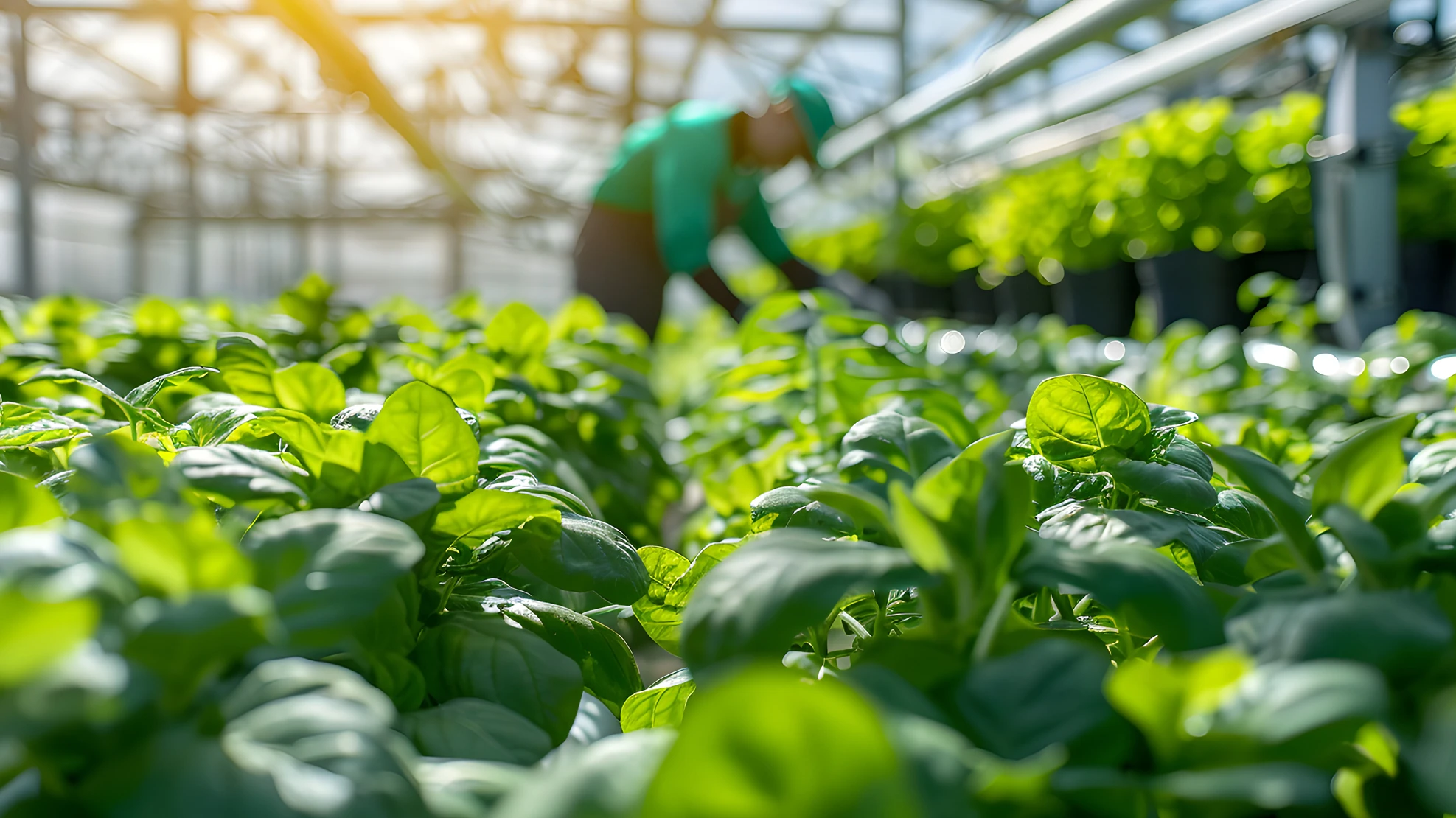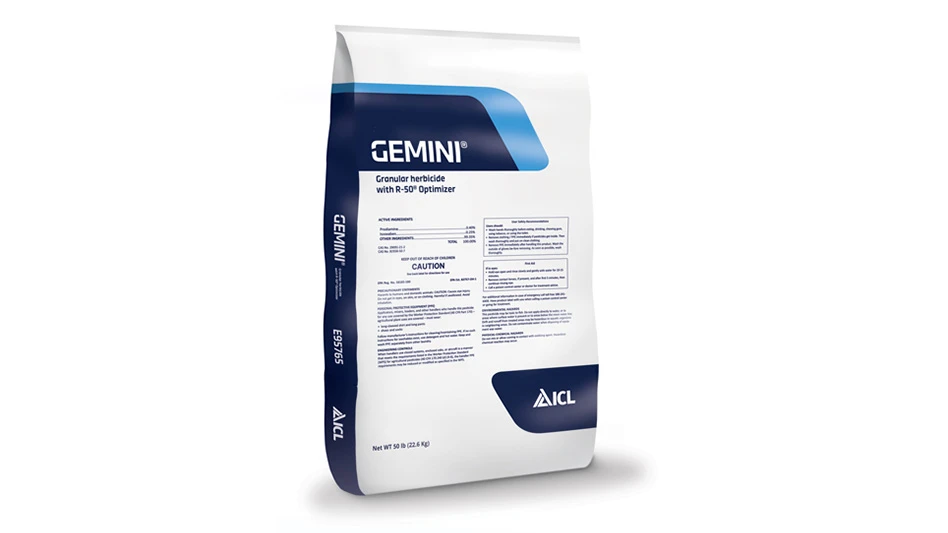 Stacy’s Greenhouses head grower Regina Coronado does a lot of trialing and soil testing to make sure plants are being grown in a medium with the proper pH and level of nutrients. (Photo courtesy of Stacy’s Greenhouses)Maintaining almost 300 acres of outdoor container production might seem like a daunting task to the mere mortal grower. But Stacy’s Greenhouses head grower Regina Coronado knows it takes attention to details to make sure the plants receive what they need, when they need it, to finish them on time and looking good.
Stacy’s Greenhouses head grower Regina Coronado does a lot of trialing and soil testing to make sure plants are being grown in a medium with the proper pH and level of nutrients. (Photo courtesy of Stacy’s Greenhouses)Maintaining almost 300 acres of outdoor container production might seem like a daunting task to the mere mortal grower. But Stacy’s Greenhouses head grower Regina Coronado knows it takes attention to details to make sure the plants receive what they need, when they need it, to finish them on time and looking good.
Stacy’s, in York, S.C., produces about 90 percent perennials.
“We use both a slow-release fertilizer in the growing media and we use liquid feed,” Coronado said. “We have done a tremendous amount of trials with the soil company that provides us with our mix. We have done at least four years worth of trials trying to find the right rate of slow release.
“On liquid feed, before I took over, they used to feed heavy from mid-February to late October with 300 parts per million three times a week — sometimes four times a week. Right now what we do is we start with 300 ppm early in the season and just feed twice a week. As it starts getting warmer then we start backing off to 200 ppm. We always add Epsom salts. That has always been a good tool for us to help keep the plants green and fresh looking.”
Coronado said the rate and how often plants are fertilized has a lot to do with the weather. This, in turn, dictates the crops’ growth rates.
The only crop that doesn’t receive slow release is pansies, which are grown in a 9-pack and finish in five weeks.
Coronado said that Stacy’s does about 60 percent of its own in-house testing and 40 percent with Fafard.
“If we start a new pansy crop we test the soil with Fafard at the beginning of the crop,” Coronado said. “Then we will do soil testing in-house every week.”
For more: Stacy’s Greenhouses, (803) 242-3748; www.stacysgreenhouses.com.
 Specifics:
Specifics:
Location: York, S.C.
Founded: 1972 by Louis O. Stacy Jr.
Products: 90 percent perennials; pansies, ornamental cabbage and kale, garden mums, asters and Endless Summer and Limelight hydrangeas.
Production space: 320,000 square feet of greenhouse production; 285 acres of outdoor production
Quotable:
“Certain crops like Vinca minor Bowles or Coreopsis rosea show that they have an iron deficiency. They turn yellow in no time. I know that on those crops I have to adjust the pH.”
– Regina Coronado

Explore the October 2010 Issue
Check out more from this issue and find your next story to read.
Latest from Greenhouse Management
- Flexible fungicides
- Super Charged Moon Juice from Moon Valley Nurseries now available nationally
- 2025 Proven Winners Horticulture Scholarship applications now open
- How to improve inventory and shipping management in the greenhouse
- Leading Women of Horticulture: Anna Ball, Ball Hort, and Terri McEnaney, Bailey Nurseries
- GM CEA HERB Part 2: A guide to increasing the sowing density of culinary herbs
- GM CEA HERB Part 1: Best practices for producing culinary herbs in controlled environments
- USDA fires experts on invasive pests, including Asian citrus psyllid, chilli thrips






